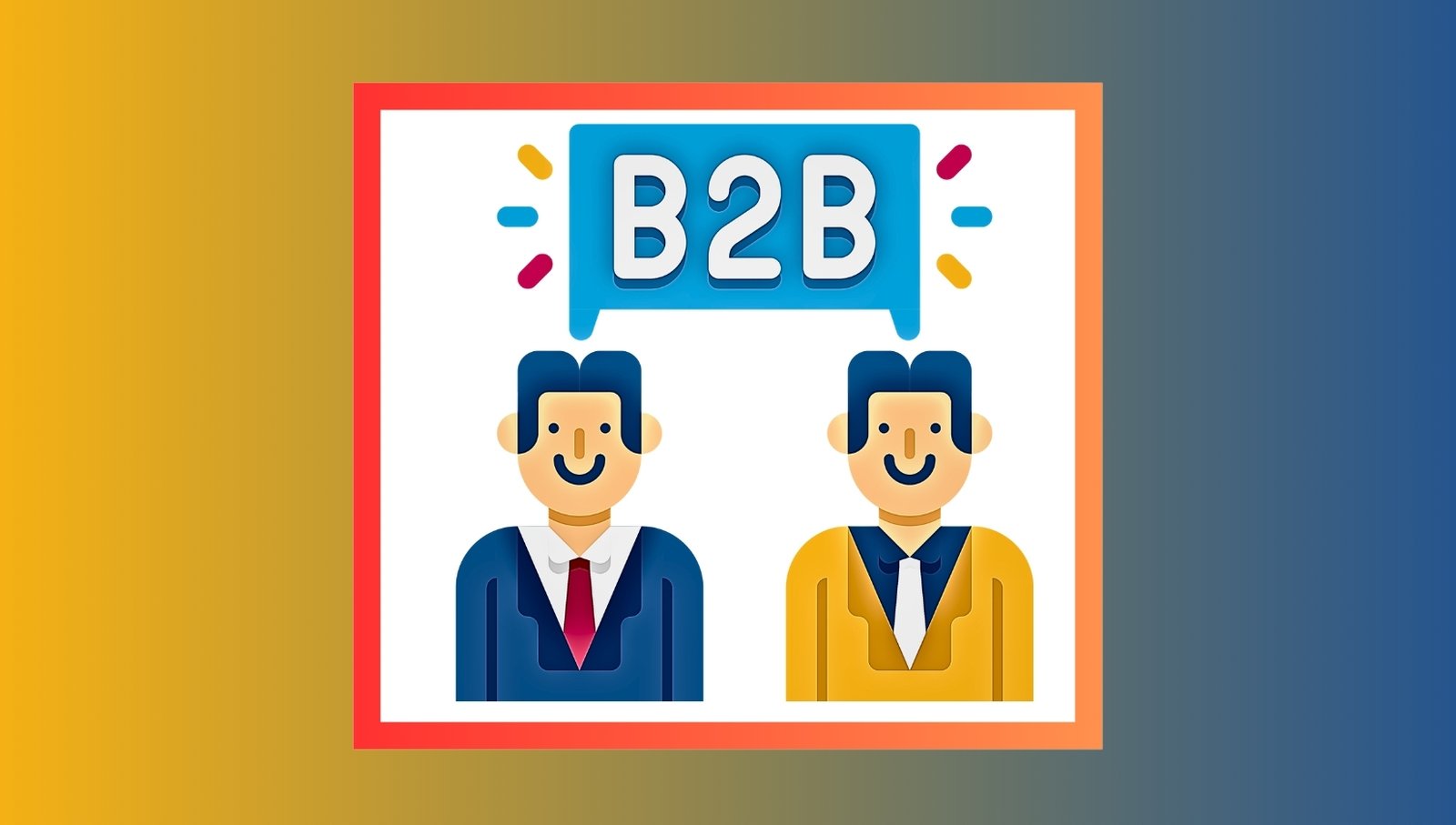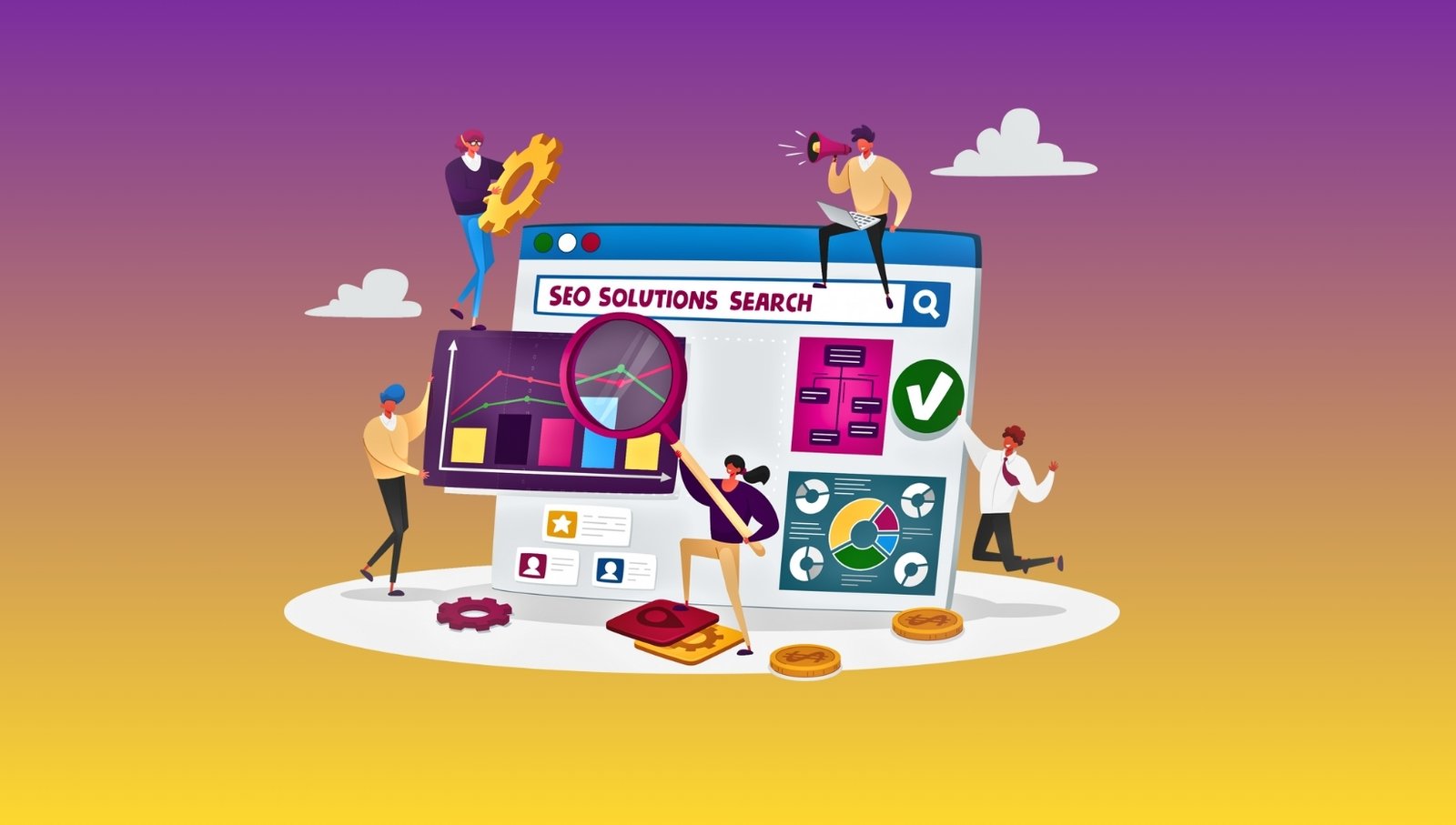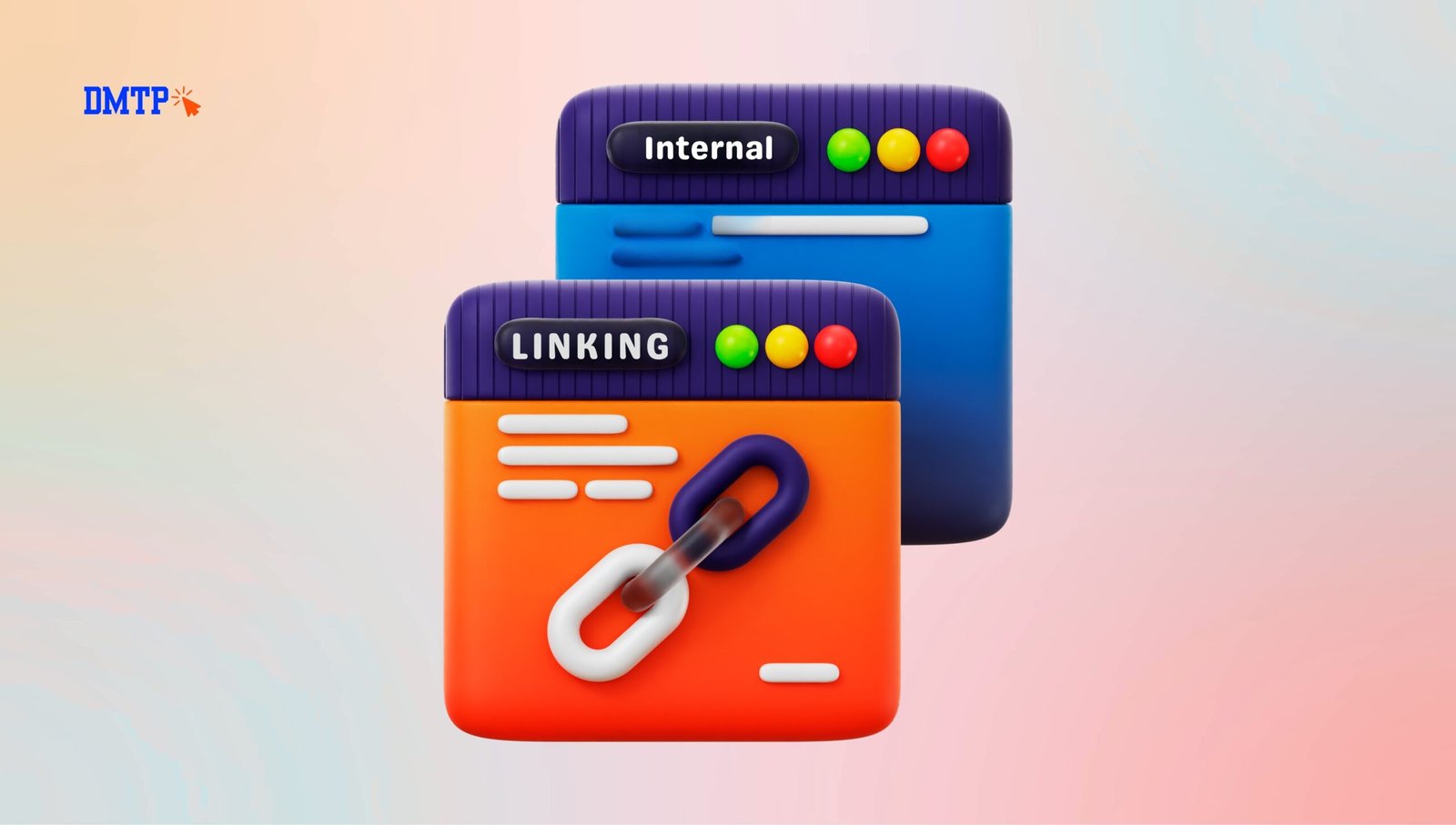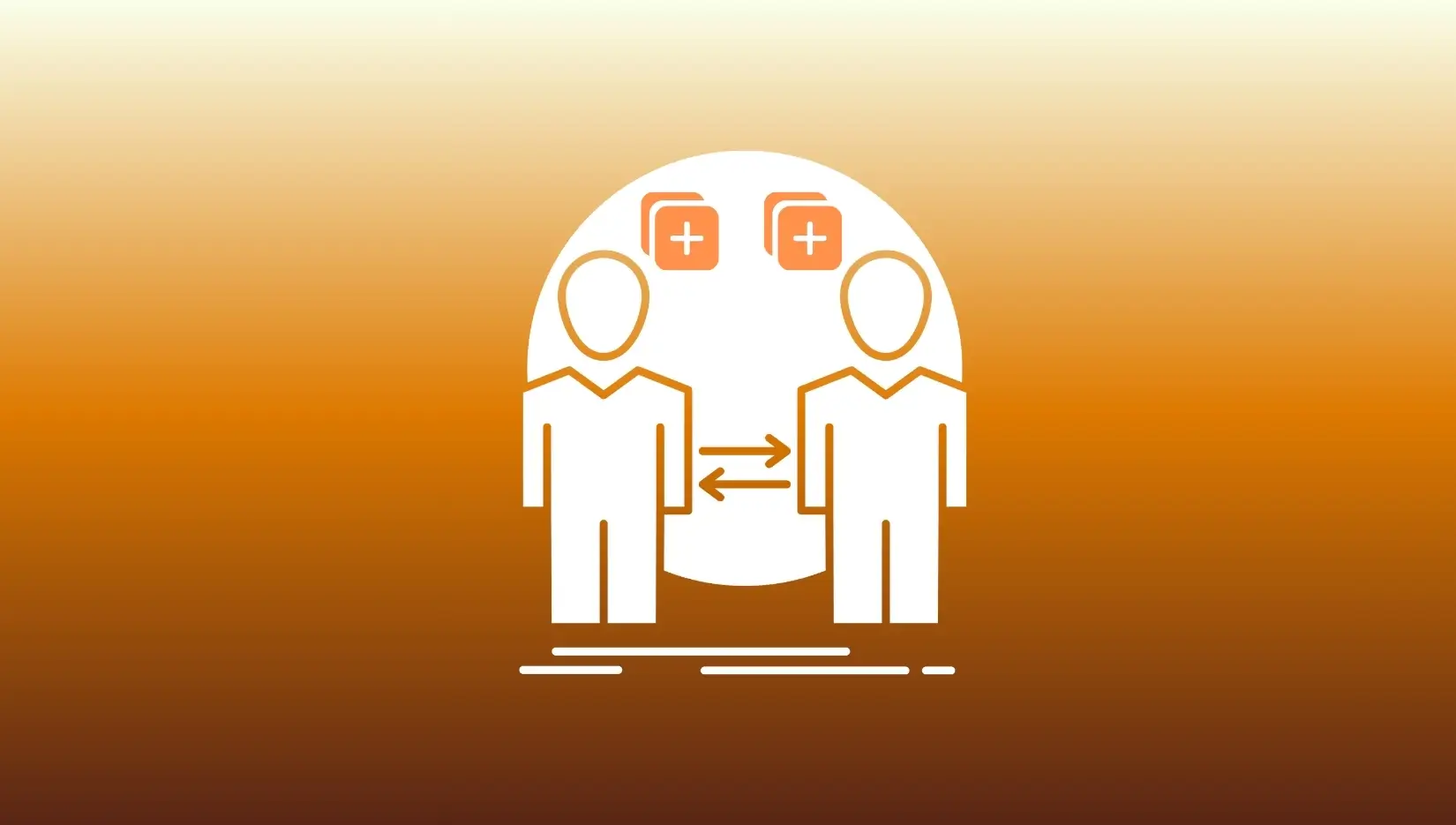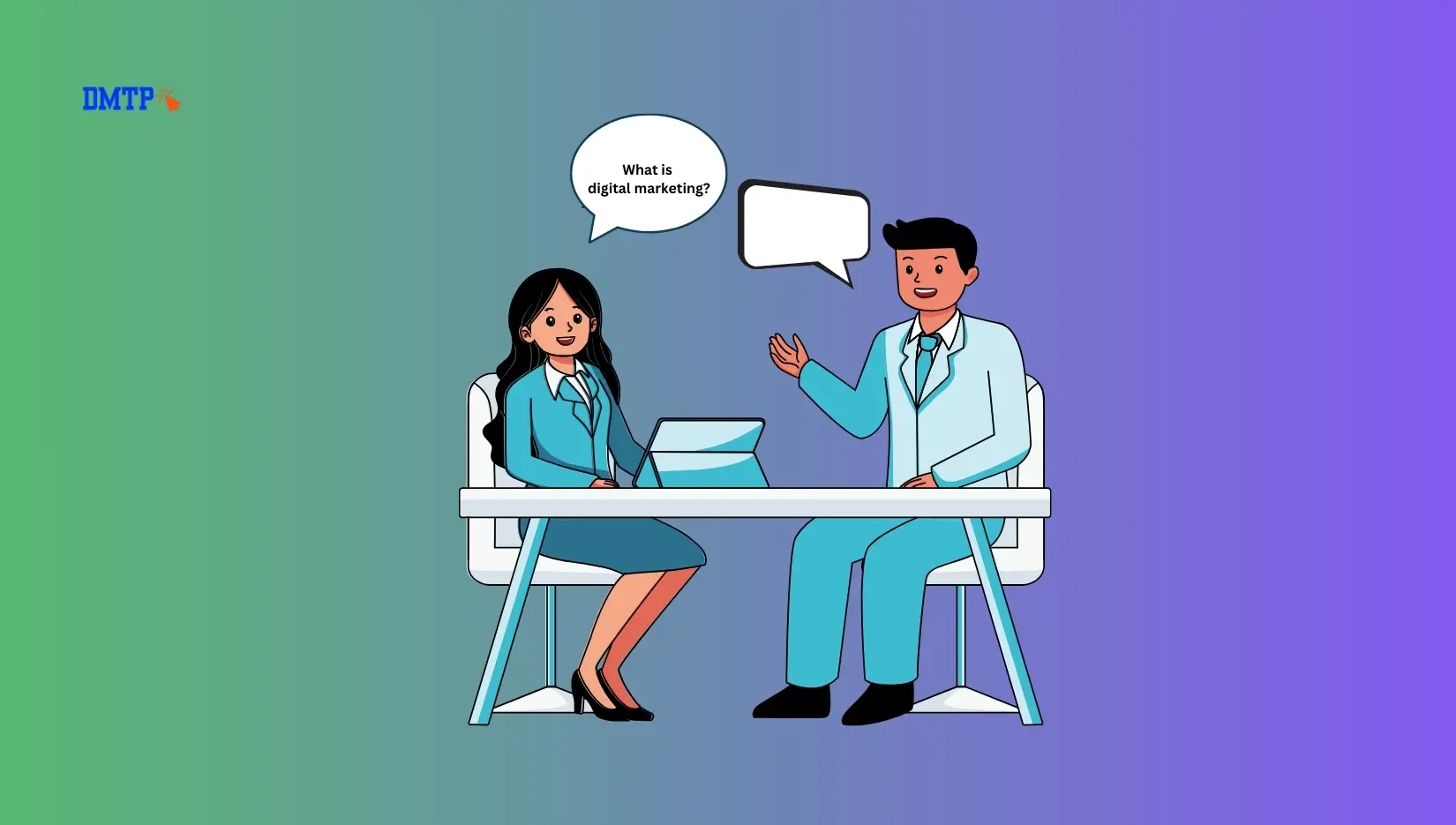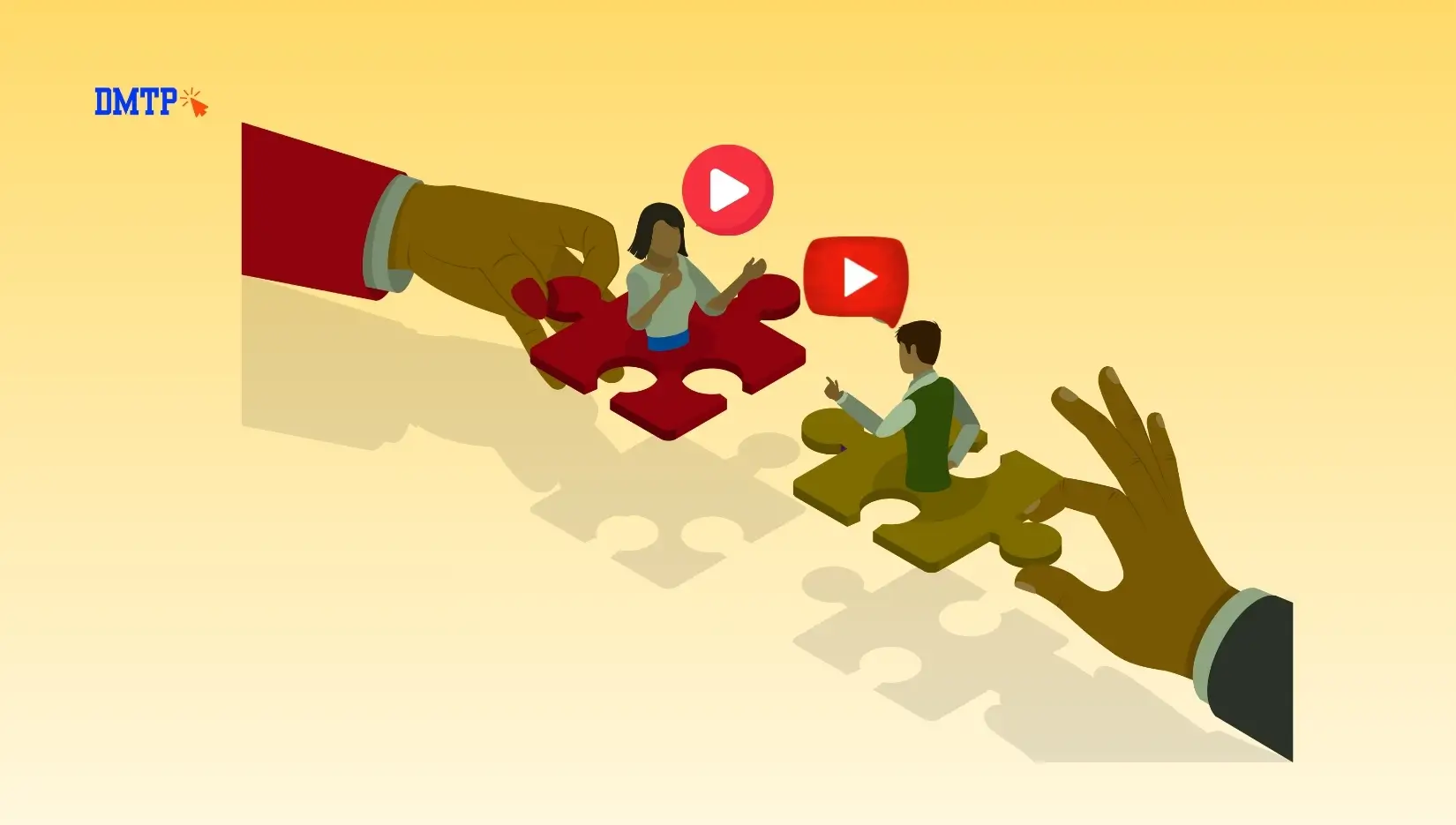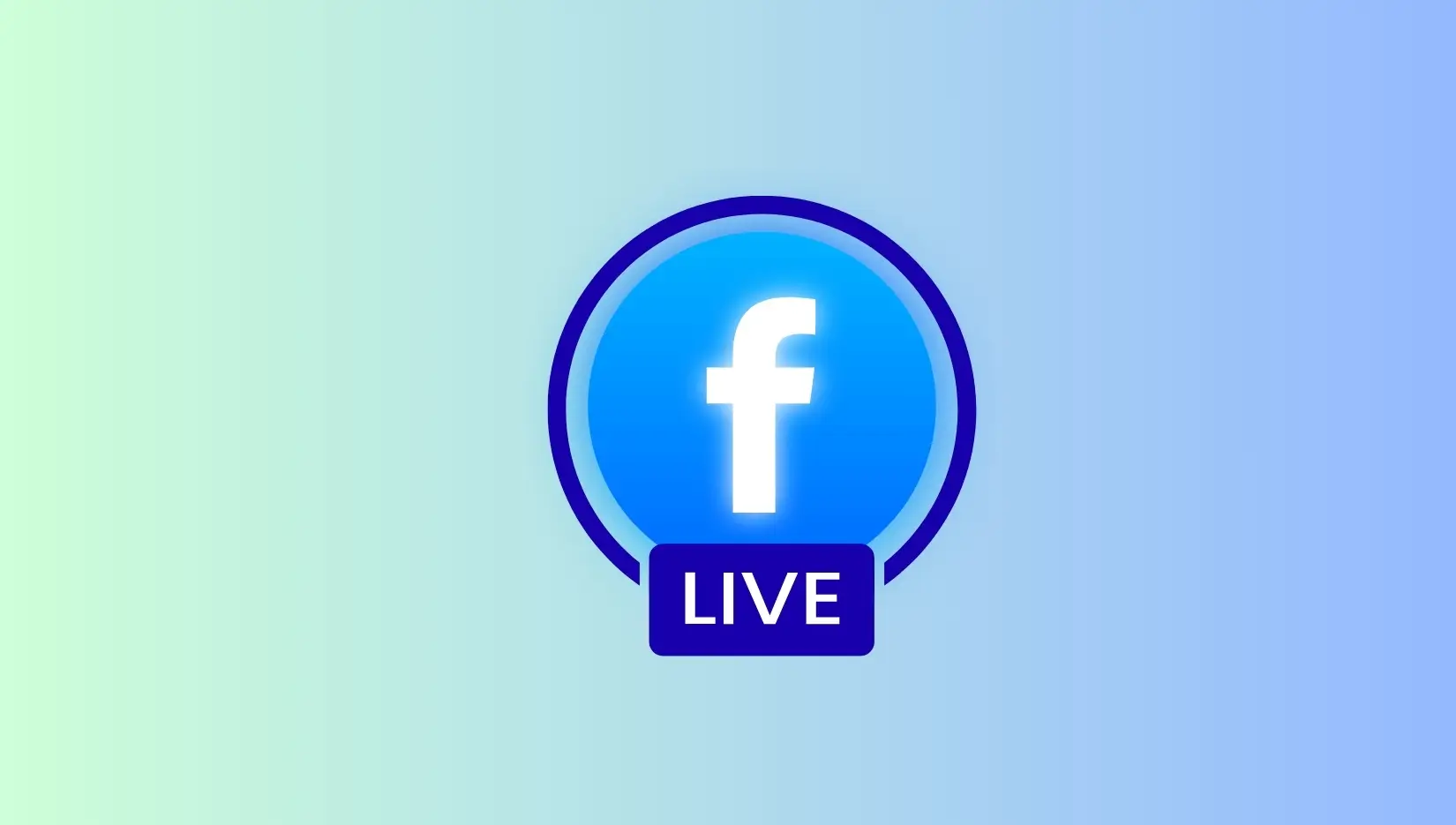Introduction
In the sense of theory, B2B SEO is straightforward: draw in high-intent users, turn leads into leads, and give them over to sales. However, it’s not always as simple. Keywords that rank at the bottom of the funnel don’t always lead to the kind of traffic that can be sold, and this is fine.
Some bottom-of-the-funnel sales don’t result in conversion, particularly during long buying cycles and complex sales processes. The need for visibility is important but it’s not the final destination. If teams are too focused on high-intent keywords with the notion that the intent is synonymous with urgency and urgency, they’re usually left disappointed with mediocre results.
This article explains the reasons why high-intent visibility isn’t performing the other types of visibility, what intent is different from sales-readiness, and seven strategies to make sure you are aligning the goals of your B2B SEO strategy with the actions of influencers and decision-makers.
Why High-Intent Visibility Isn’t Enough
The Myth: Bottom-of-Funnel Means “Ready to Buy”
Searching for terms like “best enterprise software” or “request a demo” feels as if it’s a quick way to convert. But intent doesn’t equal urgency. Many people are still gathering data, awaiting budget approvals, or comparing against competitors. Some may convert after — but not on their first visit.
B2B Searchers Are Often Researching, Not Purchasing
On pages with high-intent the searchers could be gathering information. They might be creating comparators, sourcing prices to share internally or even learning before an event. Thanks to AI searches and no-click responses The majority of the research takes place before even reaching your website.
Intent Sales-Readiness
Your visitors may take a deep interest in your content but may not be willing to engage with sales. It doesn’t mean that those forms and CTAs aren’t functioning properly. It could be a reflection of the realities of lengthy approval cycles, risk-averse businesses and slow-moving committees.
Where B2B SEO Strategy Breaks Down
1. One-Size-Fits-All CTAs Don’t Work
The generic “Request a Quote” buttons on every page overlook the fact that users are in different stages. Certain are ready to make the leap but the majority would prefer to join an online webcast, or download a manual or sign up to receive updates before engaging with sales.
2. Overemphasis on Traffic Metrics
Growth in traffic and ranking reports is fun to celebrate; however, they don’t reveal the things that matter: the influenced pipeline. Without a connection between SEO performance to the CRM information, it’s hard to determine if high-intent visibility is leading to high-quality opportunities.
3. Content That Informs but Doesn’t Build Trust
Form fills are useless in the event that sales disqualify leads. Content should not just attract but also satisfy. This means embedding transparency on pricing cases studies, transparency in pricing, and expectations-setting on your most popular pages- not hiding them behind locked assets.
Seven Ways to Escape the B2B SEO Trap
1. Map Visibility to Funnel Stages
Instead of thinking that bottom-funnel pages are able to convert immediately consider the concept of intention clusters. What are the questions that users ask at each point and can your content answer them?
2. Create Persona-Specific Content
B2B transactions involve decision-makers gatekeepers, technical evaluators and gatekeepers. Create layered assets that appeal to all of them such as checklists of compliance that cover IT to ROI financial proof.
3. Offer Flexible CTAs
Mix strong CTAs by offering more softer options such as newsletters, reports and interactive instruments. These offer visitors who are reluctant to keep them engaged and not force visitors into a rushed conversation about sales.
4. Use Content to Qualify Leads
Set your expectations early. Be clear about processes, pricing and timeframes. This helps filter out leads that are not qualified and increases the trust of buyers who are serious.
5. Cluster Content Around Intent, Not Keywords
Keywords still matter, however the user’s intent should be the guiding factor in the content you create. Instead of searching for words, consider journeysthe questions people are asking and in what order and how responses build upon one another.
6. Build for AI and Search Engines Alike
With AI engines such as ChatGPT that are influencing search results Your content must be organized, thorough in a way that is clear enough feed machine-generated and search algorithms.
7. Create for Both Gatekeepers and Decision-Makers
Every visitor may not be the final purchaser. Others could be assistants collecting data or AI crawlers who are training responses. In any case, educating these audiences is important, since it increases the credibility of your brand and ensures that your message gets to decision-makers in indirect ways.
FAQ
What is the reason why high intent exposure not perform as well when it comes to SEO for B2B?
Because intention doesn’t mean the urgency. Buyers are likely to be in a research phase and waiting for approvals or comparing different vendors.
What is the difference between sales-readiness and intention?
Intent indicates the desire to be interested. Sales-readiness indicates they’re in control of authority, budget and a sense of urgency. These don’t always go together.
What can an SEO strategy for B2B companies increase sales conversions?
By aligning the content to committees, integrating trust signals, and delivering different CTAs to nurture potential customers until they’re ready be engaged.
Conclusion
The biggest problem with B2B SEO is that it confuses visibility with conversions. The traffic from keywords with high-intent looks promising, but in the context of complex buying processes the urgency and speed of response rarely coincide with the search behaviour.
To succeed to be successful, to succeed, your B2B SEO strategy must be more than just the search engine rankings. The funnel stage map should be mapped to content and ensure leads are properly qualified before sales touch them, and offer various CTAs that cater to various people. By focusing on the quality of traffic as well as the level of interaction, the visibility will become more than just impressions — it’s a pipeline.
Also Read: Internal Linking Strategy: Boost Your SEO with Smart Site Structure